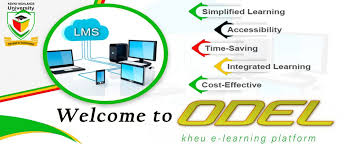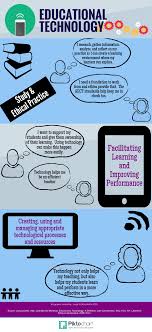definition of educational technology focuses on “the technological tools and media that assist in the communication of knowledge, and its development and exchange.”
Take augmented reality and virtual reality, for example. Writing about the “Top 6 Digital Transformation Trends In Education” in Forbes.com, technology innovation specialist Daniel Newman discusses using AR and VR to “enhance teacher instruction while simultaneously creating immersive lessons that are fun and engaging for the student.” He invites us to imagine using virtual reality to transport students to ancient Greece.
Gamification combines playing and learning by utilizing gaming as an instructional tool, according to Newman, who explains that incorporating gaming technology into the classroom “can make learning difficult subject matter more exciting and interactive.”
Regarding artificial intelligence, Newman notes that a university in Australia used IBM’s Watson to create a virtual student advisory service that was available 24/7/365. Apparently Watson’s virtual advisors fielded more than 30,000 questions in the first trimester, freeing up human advisors to handle more complex issues.
ProwdigyGame.com, whose free curriculum-aligned math game for Grades 1-8 is used by millions of students, teachers and parents, offers specific tips for leveraging educational technology tools in a report titled “25 Easy Ways to Use Technology in the Classroom.” Their ideas include:
- Running a Virtual Field Trip: Explore famous locations such as the Empire State Building or the Great Barrier Reef; or preview actual field trips by using technology to “visit” the locations beforehand.
- Participating in a Webquest: These educational adventures encourage students to find and process information by adding an interesting spin to the research process. For example, they could be placed in the role of detective to solve a specific “case,” collecting clues about a curriculum topic by investigating specified sources and web pages.
- Podcasting: Playing relevant podcasts — or assisting students in creating their own — can be a great way to supplement lessons, engage auditory learners and even empower students to develop new creative skills.
Educational technology strategist David Andrade reports in EdTechMagazine.com (“What Is on the Horizon for Education Technology?”) that current tools and trends include online learning and makerspaces, “with robotics and virtual reality expected to be widely adopted in the near future.” Peeking a little further into the future, Andrade says studies indicate that “artificial intelligence and wearable technology will be considered mainstream within four to five years.”
In practice, future innovation will come from the hearts and minds of the teachers who develop the knowledge and skills needed to discover the most engaging, effective ways to use educational technology strategies in classrooms, and virtual classrooms, far and wide.


